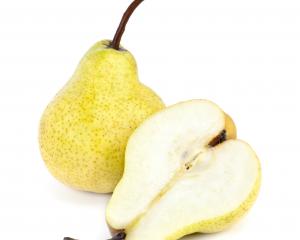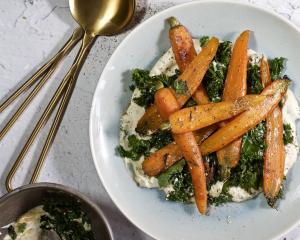Food historians say the term "meatball" is fairly new, most likely created in melting-pot America to refer to the classic Italian-American version in red sauce spooned over noodles.
But balls of meat are as old as written recipes, with references dating back to Apicius, a Roman recipe collection regarded as the first cookbook, says Ken Albala, a food historian at the University of the Pacific in California.
Here is a primer to meatballs:
Polpette: Native to southern Italy and typically made with a mix of ground meat, spices, lemon zest and breadcrumbs.
It is the ancestor to the American meatball.
Kibbeh: Native to the Middle East, this fried or baked torpedo-shaped meatball typically consists of a bulgur and meat shell with a stuffing of ground lamb, beef or chicken.
Albondigas: These bite-sized balls are native to Spain, but show up in Latin cultures around the world.
Lion's head: This large Shanghai meatball comes in white and red (with soy sauce) and usually contains pork, shrimp and cornstarch. It typically is stewed with vegetables that include cabbage, supposed to represent the lion's imposing mane.
Kotbulle: A 1960s party classic, the Swedish meatball is made with beef, cream and soaked white bread. Small and dense, it typically is roasted or fried, then served as an appetiser or over noodles.
Klopse: This German meatball has a base of ground beef, veal, pork, onions, breadcrumbs and eggs, and is poached, then served with a white cream sauce.
Kofta: The generic name used for meatballs from India to the Middle East and North Africa. Kofta typically are spicy and often contain eggs, nuts and cheese, and can come in seafood or vegetarian versions.
Keftedes: Greek meatballs that usually contain lamb, parsley, thyme and mustard seeds.
Faggot: It means a bundle of sticks, but a person who asks for faggots in England will get baked rounds of pork, offal, breadcrumbs, spices and onions.












